 I told the kids we could make some clay dragons this year, as part of the unit on Asian Art. The clay project for this unit has been tea cups, but the last time we made them, I felt uninspired and bored by the whole thing. They were just another kind of pinch pot, it seemed, despite my attempts to dress them up with rings on the bottom and kanji on the side. It dawned on me that we should make dragons, because there is no creature, imaginary or otherwise, that inspires a fifth grader more, and they are just magnificent beings--especially Chinese dragons, who are the antithesis of the ugly, stinky bad guy dragons who are a traditional part of so many Western epics. Anyway, I have never made a clay dragon and began to wrestle, in my mind, with how in the hell to teach such a thing. I worried about many things: dragons have a lot of parts, after all, and many of them are skinny and long and complicated and detailed. Not the kind of components that generally lend themselves to an elementary clay project. Things like that fall off and break. I worried about what to do first and how to lay out the steps and how to show them the way. I kicked myself for promising to do something that I really didn't know if I could pull off. I do this a lot and I do it to force myself to do it and to find a way to do it. As usual, the way presented itself and took me out of the role of Sage/Teacher and into the role of learner, where we all belong.
I told the kids we could make some clay dragons this year, as part of the unit on Asian Art. The clay project for this unit has been tea cups, but the last time we made them, I felt uninspired and bored by the whole thing. They were just another kind of pinch pot, it seemed, despite my attempts to dress them up with rings on the bottom and kanji on the side. It dawned on me that we should make dragons, because there is no creature, imaginary or otherwise, that inspires a fifth grader more, and they are just magnificent beings--especially Chinese dragons, who are the antithesis of the ugly, stinky bad guy dragons who are a traditional part of so many Western epics. Anyway, I have never made a clay dragon and began to wrestle, in my mind, with how in the hell to teach such a thing. I worried about many things: dragons have a lot of parts, after all, and many of them are skinny and long and complicated and detailed. Not the kind of components that generally lend themselves to an elementary clay project. Things like that fall off and break. I worried about what to do first and how to lay out the steps and how to show them the way. I kicked myself for promising to do something that I really didn't know if I could pull off. I do this a lot and I do it to force myself to do it and to find a way to do it. As usual, the way presented itself and took me out of the role of Sage/Teacher and into the role of learner, where we all belong.Saturday, January 16, 2010
learning to teach art
 I told the kids we could make some clay dragons this year, as part of the unit on Asian Art. The clay project for this unit has been tea cups, but the last time we made them, I felt uninspired and bored by the whole thing. They were just another kind of pinch pot, it seemed, despite my attempts to dress them up with rings on the bottom and kanji on the side. It dawned on me that we should make dragons, because there is no creature, imaginary or otherwise, that inspires a fifth grader more, and they are just magnificent beings--especially Chinese dragons, who are the antithesis of the ugly, stinky bad guy dragons who are a traditional part of so many Western epics. Anyway, I have never made a clay dragon and began to wrestle, in my mind, with how in the hell to teach such a thing. I worried about many things: dragons have a lot of parts, after all, and many of them are skinny and long and complicated and detailed. Not the kind of components that generally lend themselves to an elementary clay project. Things like that fall off and break. I worried about what to do first and how to lay out the steps and how to show them the way. I kicked myself for promising to do something that I really didn't know if I could pull off. I do this a lot and I do it to force myself to do it and to find a way to do it. As usual, the way presented itself and took me out of the role of Sage/Teacher and into the role of learner, where we all belong.
I told the kids we could make some clay dragons this year, as part of the unit on Asian Art. The clay project for this unit has been tea cups, but the last time we made them, I felt uninspired and bored by the whole thing. They were just another kind of pinch pot, it seemed, despite my attempts to dress them up with rings on the bottom and kanji on the side. It dawned on me that we should make dragons, because there is no creature, imaginary or otherwise, that inspires a fifth grader more, and they are just magnificent beings--especially Chinese dragons, who are the antithesis of the ugly, stinky bad guy dragons who are a traditional part of so many Western epics. Anyway, I have never made a clay dragon and began to wrestle, in my mind, with how in the hell to teach such a thing. I worried about many things: dragons have a lot of parts, after all, and many of them are skinny and long and complicated and detailed. Not the kind of components that generally lend themselves to an elementary clay project. Things like that fall off and break. I worried about what to do first and how to lay out the steps and how to show them the way. I kicked myself for promising to do something that I really didn't know if I could pull off. I do this a lot and I do it to force myself to do it and to find a way to do it. As usual, the way presented itself and took me out of the role of Sage/Teacher and into the role of learner, where we all belong.What happened was that I put some clay and tools on the tables and the kids set to work, in teams, to make a dragon and then to present it to the rest of the class. I modeled it loosely after the Quick Fire Challenges on Top Chef: a challenge, a time limit, and then, the presentation. It was great fun for all of us, and the results were astonishing to me. What is important to remember here is that I taught them nothing; my role was to provide the opportunity and perhaps some motivation. I got out of my own way, and out of their way, and watched them go.
The Zen teacher Shunryu Suzuki says that the best way to control people is to watch them: to give them a nice, big space and then just watch. This seems counterintuitive to us teachers, who instinctively want to run the show and control the environment through implementation of all kinds of behavior and management and teaching strategies. And they can be very effective, to be sure: I have found that I can make a group of children do just about anything. The rub is, of course, that these strategies generally suck all of the creativity, let alone the freedom and joy, out of the classroom and the learning lives of the kids. And, the teachers.
A colleague recently has implemented yet another behavior control system in which children's names are listed on the board and consequences doled out. I remember seeing something like that when I student taught and thinking, do I really want to teach? Is this what it is about?
My experience with the clay dragons is what good teaching has become for me. If I can watch it unfold with the creators, it is nothing but joy.
Subscribe to:
Post Comments (Atom)
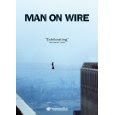





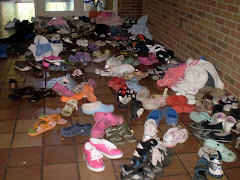

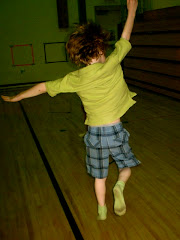


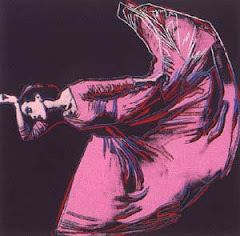

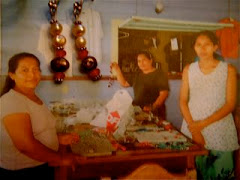


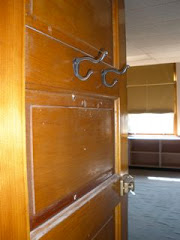

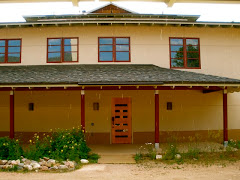



2 comments:
Yes!!!! Go Claudia! Love this post:)
Thought of you today....I am heading over to see the Calder jewelry at the GRAM
Post a Comment